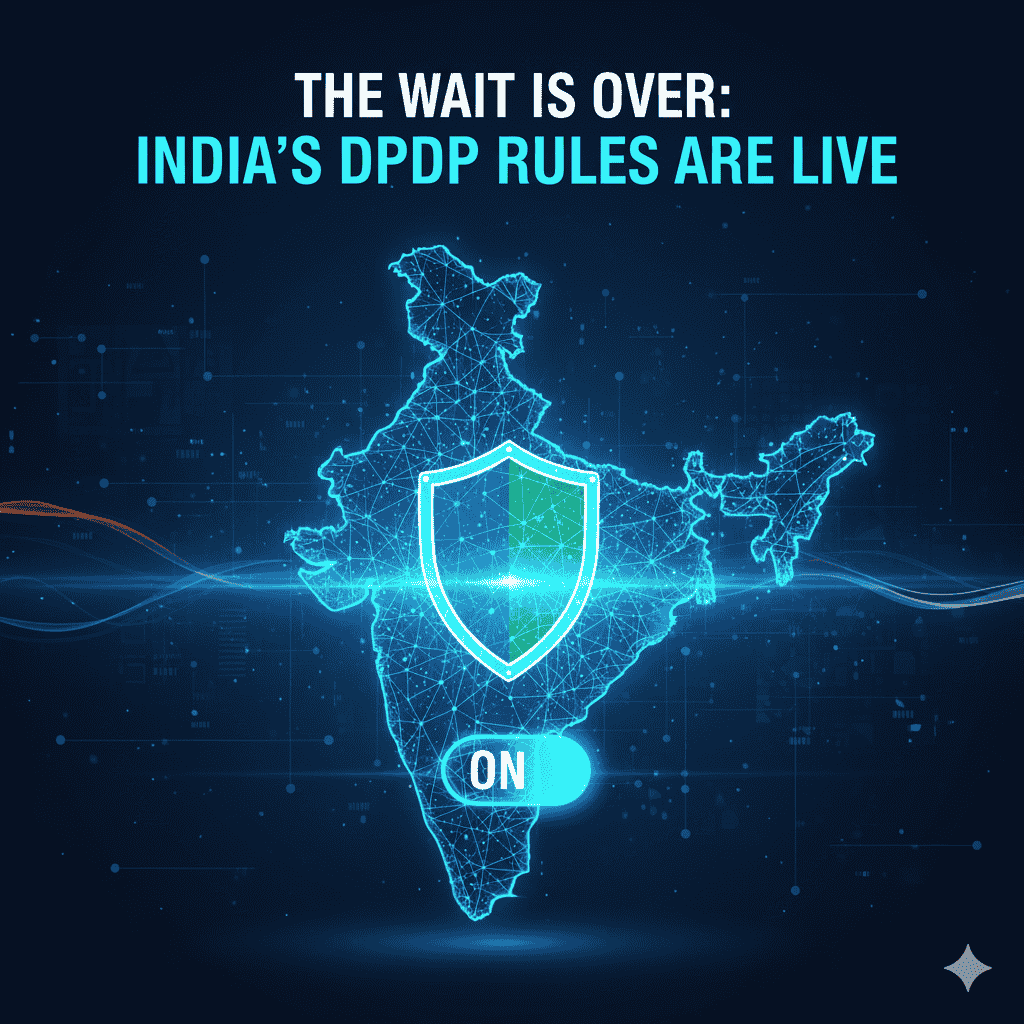From Micro to Mega: Finding the Perfect Influencer with Today’s Platforms
In the rapidly evolving digital landscape, influencer marketing has emerged as a powerful tool for brands aiming to connect authentically with their target audience. With a myriad of platforms and an array of influencers ranging from micro to mega, brands often find themselves navigating a complex terrain to identify the perfect influencer for their campaigns. This article explores the nuances of influencer categorization and provides actionable strategies for brands to effectively leverage today’s platforms.
Understanding Influencer Categories
Influencers are often categorized based on their follower count, each segment offering distinct advantages:
- Micro-Influencers: Typically boasting between 1,000 to 100,000 followers, micro-influencers tend to have a more engaged and niche audience. Their authenticity and relatability can foster deeper connections with followers, making them highly effective for brands looking for targeted outreach.
- Mid-Tier Influencers: With follower counts ranging from 100,000 to 500,000, mid-tier influencers strike a balance between reach and engagement. They often have established credibility, making them suitable for brands aiming for wider exposure while still maintaining a level of authenticity.
- Macro-Influencers: These influencers, having between 500,000 to 1 million followers, offer significant reach but may appear less personal than their micro and mid-tier counterparts. They’re ideal for brands looking to promote big campaigns or reach a larger audience quickly.
- Mega-Influencers: With follower counts exceeding 1 million, mega-influencers, often celebrities or well-known personalities, can generate vast visibility and brand awareness. However, they often come with higher costs, and their engagement rates may not rival those of smaller influencers.
The Role of Platforms
Choosing the right platform is paramount in influencer marketing. Each platform offers unique features, tools, and user demographics, influencing the effectiveness of influencer partnerships. Here’s a breakdown of popular platforms:
- Instagram: Ideal for visually-driven content and brand storytelling, Instagram remains a favorite for influencer campaigns. With features like Stories, Reels, and IGTV, brands can engage audiences in diverse formats. Micro and mid-tier influencers often thrive here thanks to their authenticity.
- YouTube: As the go-to platform for long-form video content, YouTube is perfect for brands looking for in-depth product reviews and storytelling. Macro and mega-influencers can create comprehensive content that highlights a brand’s core values and products.
- TikTok: TikTok’s rapid rise has introduced a new wave of influencer marketing, emphasizing creativity and trend-based content. Micro and mid-tier influencers dominate here, as their followers often seek relatable and entertaining shortcuts immersed in everyday life.
- Facebook and Twitter: While Facebook’s reach is vast, its engagement patterns differ. Twitter, on the other hand, caters to real-time interactions and trends. Brands often resort to influencers in specific niches to leverage these platforms effectively.
- LinkedIn: For B2B engagement, LinkedIn is invaluable. Influencers within specific industries can sway decision-makers and foster professional relationships. Brands should identify thought leaders in their field to cultivate authenticity.
Strategies for Finding the Perfect Influencer
Finding the ideal influencer involves a blend of research, strategy, and relationship-building. Consider the following strategies:
- Define Your Objectives: Clearly outline the goals of your influencer campaign. Are you aiming for brand awareness, engagement, lead generation, or sales? Your objectives will shape your influencer selection process.
- Audience Alignment: Analyze your target audience and find influencers whose followers mirror this demographic. Tools like BuzzSumo or HypeAuditor can help analyze influencer audiences and engagement metrics.
- Engagement Metrics Over Follower Count: While follower count is important, engagement rates are critical indicators of an influencer’s effectiveness. Look for influencers with high levels of interaction, such as likes, comments, and shares.
- Content Quality and Authenticity: Assess the quality of an influencer’s content. Authenticity resonates with audiences, making it essential to choose influencers whose styles and values align with your brand.
- Build Relationships: Approach influencers as partners rather than just marketing assets. Nurturing genuine relationships can lead to more impactful collaborations and shared success.
- Leverage Influencer Marketing Platforms: Utilize platforms like AspireIQ, Influencity, or Traackr, which connect brands with suitable influencers based on metrics, engagement levels, and other filters.
Conclusion
As the influencer marketing landscape continues to evolve, brands must adapt their strategies to find the right influencers to achieve their goals. Whether opting for micro, mid-tier, macro, or mega influencers, the key lies in understanding your audience and the platforms at your disposal. By employing thoughtful strategies and fostering genuine relationships, brands can unlock the full potential of influencer marketing, leading to impactful campaigns and long-lasting connections with consumers. In this ever-changing market, agility, authenticity, and understanding are your best allies in finding the perfect influencer.









